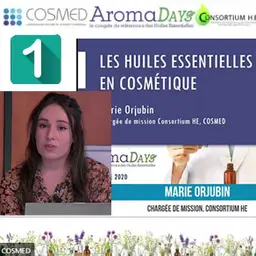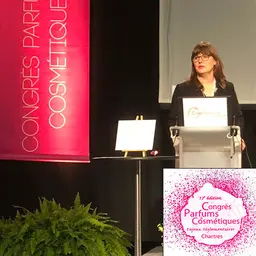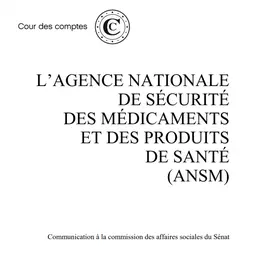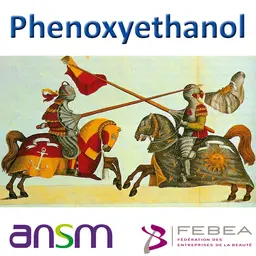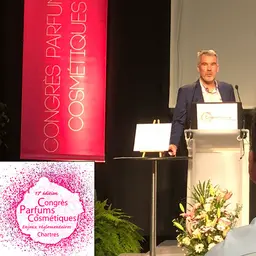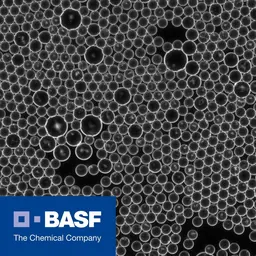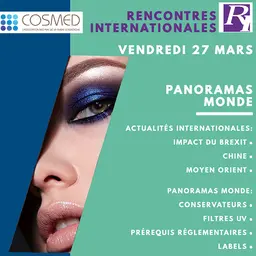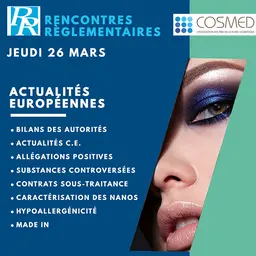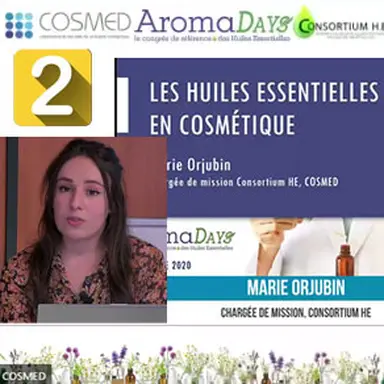
During Aromadays, a congress dedicated to essential oils organised by Cosmed, Marie Orjubin, in charge of the Essential Oils consortium, presented a very precise overview of the regulations applicable to essential oils used in cosmetic products. After detailing the prohibitions and restrictions provided for in the Cosmetics Regulation 1223/2009, she addressed the various recommendations or self-regulation codes of the control authorities and the industry. And she warned about upcoming new restrictions…
The “Terpenoid” Recommendation
Published in 2008 by Afssaps (now ANSM), the Recommendation on terpenoid-based cosmetic products covers three terpenes: camphor, eucalyptol, and menthol. Following serious undesirable effects (convulsions) in young children, the Agency recommends limiting their concentrations in cosmetic products intended for them.
For products intended for children under three years of age
• Camphor: 0.015%
• Eucalyptol: 0.1%
• Menthol: 0.45%
In this type of product, any voluntary addition is not recommended, as only an indirect contribution (e.g. via perfume) can be tolerated.
For products intended for children from 3 to 6 years old
• Camphor: 0.15%
• Eucalyptol: 1.12%
• Menthol: 4.5%
The sum of these three substances must be ≤ 4.5%.
IFRA Standards
They are to be taken into account as soon as essential oils or natural molecules are used in perfume compositions for cosmetic products. These standards set out recommendations so that manufacturers can market fragrances that are safe for consumers. It is a tool for industry self-regulation, which is different from a “real” regulation. In case of conflict between an IFRA Code and the Cosmetics Regulation, the latter always prevails.
The IFRA Standards contain restrictions (maximum quantities not to be exceeded per type of finished …

